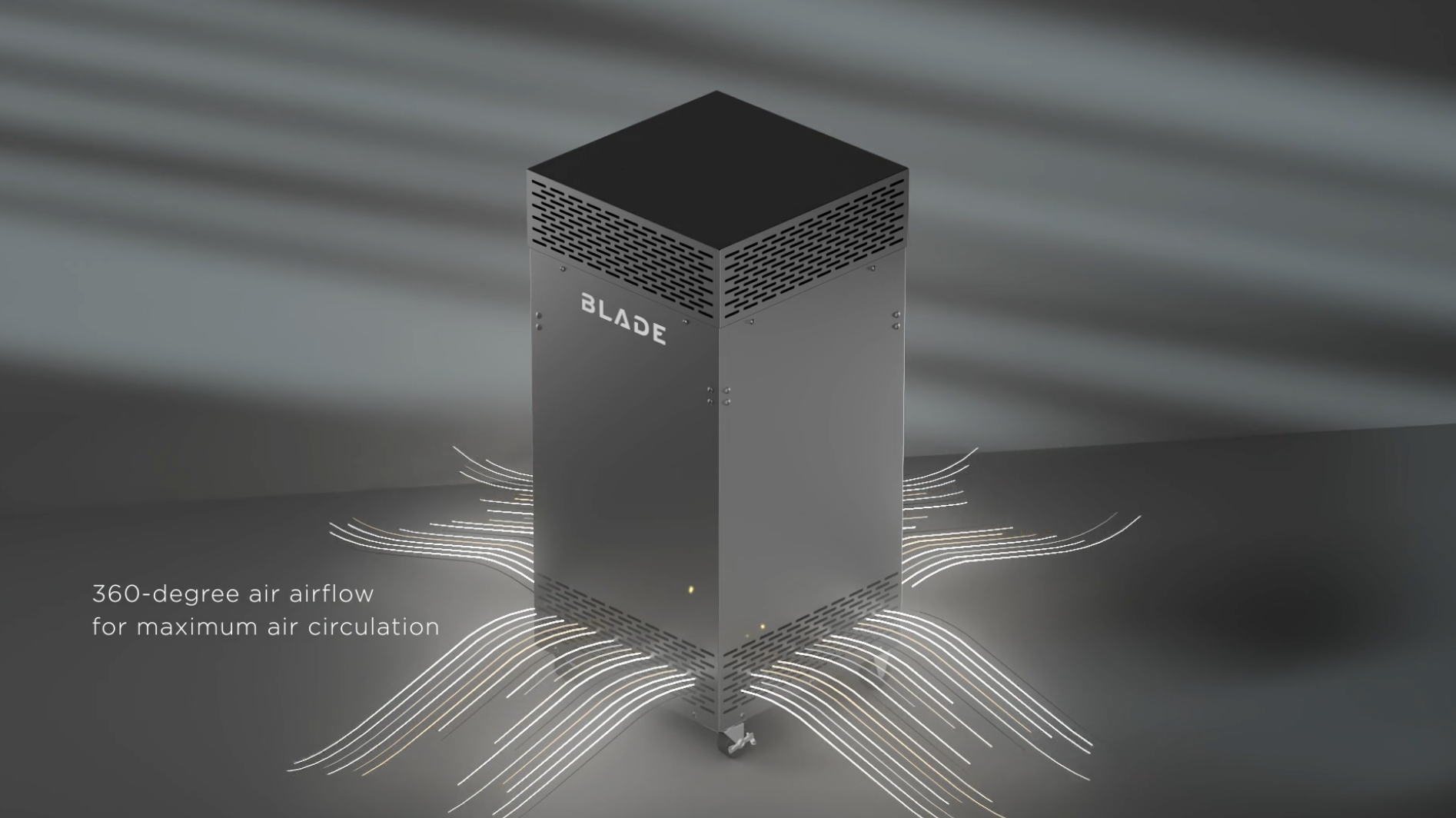Posted by Spycor LLC on May 6th 2025

Indoor air pollution is a growing concern for homeowners and professionals alike. From lingering odors to harmful volatile organic compounds (VOCs) and invisible biological contaminants, the air inside your home or worksite can be more polluted than the air outside. Poor air quality can lead to respiratory issues, headaches, fatigue, and long-term health risks, especially in enclosed environments with limited ventilation.
If you're looking to improve indoor air quality, air purifiers for odor, VOCs, and bio-contaminants are essential tools—but not all air cleaners are created equal. High-efficiency units equipped with advanced filtration technologies like HEPA, activated carbon, and photocatalytic oxidation (PCO) are designed to trap and neutralize a broad spectrum of airborne pollutants. These air purifiers are ideal for use in medical facilities, renovation sites, commercial buildings, and residential homes, especially where occupants are sensitive to allergens or chemical exposure.
Choosing the right air purifier for odor, VOCs, and bio-contaminants ensures a safer and more comfortable environment for your family, staff, or clients. Whether you’re tackling mold remediation, smoke removal, or improving air quality in a construction zone, investing in professional-grade air purification systems can make a measurable difference in health and productivity.
Why You Need an Air Purifier for Odor,
VOCs & Bio Contaminants
The air inside your space can be filled with invisible threats that impact both health and comfort. Without proper filtration, these airborne pollutants can linger for hours or even days, leading to poor indoor air quality and potential health risks.
-
Odors from cooking, pets, or chemicals can quickly accumulate and circulate throughout your home or jobsite, creating unpleasant and sometimes harmful environments. An air purifier for odor helps eliminate these smells at the source by using activated carbon filters to absorb and neutralize odor molecules.
-
VOCs from paints, adhesives, cleaners, and new furniture are among the most dangerous indoor air pollutants. These volatile organic compounds can off-gas for weeks and are known to cause eye, nose, and throat irritation, and in some cases, long-term exposure may lead to more serious health effects. Air purifiers for VOCs are designed with specialized filters that capture and break down these chemical compounds efficiently.
-
Biological contaminants like mold spores, bacteria, and viruses are invisible to the naked eye but pose a serious threat to indoor air quality. These airborne pathogens can spread illness or aggravate allergies and asthma. Using an air purifier for bio-contaminants equipped with HEPA and UV-C or hydrogen peroxide technology helps capture and destroy these harmful microorganisms before they can circulate.
Investing in an air purifier for odor, VOCs, and bio-contaminants is not just about comfort—it's about creating a cleaner, safer, and healthier indoor environment for everyone.
What the EPA Says About Indoor Air
Cleaners
According to the U.S. Environmental Protection Agency (EPA) and its comprehensive guide on air cleaners and air filters for the home, improving indoor air quality requires a layered approach. The EPA emphasizes that while no single solution will eliminate all air pollutants, following a three-step strategy is the most effective way to achieve cleaner, healthier indoor air:
-
Source Control – The first and most effective step is to eliminate pollution at the source. This could mean quitting indoor smoking, choosing low-VOC paints and cleaning products, or addressing mold and moisture problems. Stopping pollutants before they enter the air greatly reduces the burden on air cleaning systems.
-
Ventilation – Increasing the amount of outdoor air coming indoors helps dilute indoor air contaminants. The EPA recommends using mechanical ventilation systems or simply opening windows when conditions allow to flush out indoor pollutants.
-
Air Cleaning – As the final layer of defense, using a certified air purifier helps reduce airborne particles such as dust, pollen, and pet dander, as well as harmful gases like VOCs. High-performance air purifiers for odor, VOCs, and bio-contaminants are especially useful in areas where source control and ventilation may be limited, such as sealed buildings, basements, or construction sites.
By following these EPA-endorsed steps—source control, ventilation, and air purification—homeowners and professionals can significantly reduce the health risks associated with indoor air pollution.

Features to Look For in an Effective Air
Purifier
To target odors, VOCs, and bio-contaminants, make sure your air purifier includes the following key features:
Activated Carbon Filter
Neutralizes household and chemical odors. Absorbs VOCs like formaldehyde, benzene, and other gases. Essential for homes, offices, and renovation zones.
HEPA or HEPA-Style Filter
Captures 99.97% of microscopic particles. Traps allergens like dust, pet dander, mold spores, and even some bacteria. Helps reduce asthma and allergy triggers.
UV-C or Photocatalytic Oxidation (PCO) Technology
Destroys airborne viruses and bacteria at the DNA level. Perfect for medical environments, industrial spaces, and high-risk areas.
AHAM Verified and CADR Rated
Certified by the Association of Home Appliance Manufacturers (AHAM). CADR rating helps match the air purifier to your room size for maximum efficiency. Always check the rating before you buy.
Not all air purifiers are powerful enough to handle VOCs and biological contaminants. At Spycor Environmental, we offer industrial-grade air filtration systems with true HEPA filtration, carbon layers, and UV disinfection, trusted by professionals in construction, remediation, and healthcare.
Protecting your indoor air is no longer a luxury—it's a necessity. Whether you're renovating, working on a job site, or just want cleaner air at home, choosing the right purifier can make a major difference in your health and peace of mind.
CLICK HERE to check the best air purifiers for odor, VOC & biological contaminants



